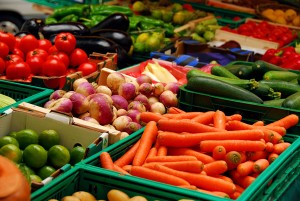
Most expats agree, fruit and veg simply taste better here. But, to really maximise benefits, eating organic (or even growing your own) is the way forward
IF you are interested in getting your hands dirty, first you need to know what thrives best where. There are several factors, the obvious one being climate, but there are some other really important issues that play a big role, including the many different local micro-climates.
“Andalucia has some of the most arid desert areas as well as some of the wettest in all of Europe”, says Malcolm The freshest of the fresh Coxall, organic expert and owner of Cortijo Cornelio. “It also has some of the continent’s highest mountains and its largest areas of coastal flood plains and everything in between.”
Coastline
The sea acts as an enormous heat-sink and radically affects the climate of the first 20 to 50kms of landmass inland. Coastal winter temperatures are higher than inland and the summer temperatures are generally lower.
“We regularly see a 10 to 15 degree difference between the coast and our farm, which is just 35kms inland,” says Malcolm.
The coastal semi sub-tropical zone is ideal for outdoor growing almost all common vegetables, including lettuce, cabbage, kale, chard, and northern European root vegetables such as carrots, radishes and turnips. ‘New World’ produce – tomatoes, sweetcorn, aubergine, cucumber, courgette, peppers, melons and pumpkins – will also thrive. Both tropical fruits like mangoes, oranges, and avocados and more temperate fruits such as cherries, strawberries and peaches are also worth giving a go.
Altitude
Temperatures drop around one degree per 100 metres of altitude. Winds are stronger and amplify the cooling effect of the altitude. Cherries and plums like these conditions, growing well in inland mountain areas. These stone-fruit trees need to be exposed to freezing temperatures or ‘frosted’ in order to set fruit successfully. Grapes easily tolerate frosts and require little water, so do well at higher altitudes.
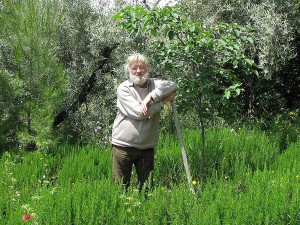
Water
Some areas are blessed with copious supplies whilst others, just kilometres away are semi-arid. The Montes de Málaga is generally a very dry zone and because of this, there is almost no commercial vegetable production apart from broad beans grown in the winter. Where there are larger rivers (mostly south of Comares in the Axarquia and in the area just north of the Montes de Málaga), you find pockets of production of oranges, avocados, lemons, cherries and plums. Just 20kms away it changes again – in the Torcal area, where there is often too much water and non-tropical fruits and most vegetables grow here successfully.
The high plain of Antequera all the way to Cordoba has plentiful water and a huge production of vegetables. Likewise between Zafarraya and Alhama de Granada. This high level plain has its own microclimate, plus good soil. It is thought to have been one of the main ‘vegas’ (gardens) in Arab times.
Many inland areas with limited water are dedicated to olive and almond production, as both are drought tolerant. Neither tree is frost tolerant at blossom time although prolonged day-frosts are rare below 1000m.
Seasonal conditions
Large parts of Spain and especially Andalucia, experience very big differences in temperature between mid-winter and midsummer and this radically affects when crops can be planted and when they are ready for harvest. None of the traditional Northern European vegetables (cabbages, carrots, cauliflower) can tolerate temperatures above 30 degrees, regardless of how much water you give them.
As soon as the mercury rises above a plant’s ‘comfort level’, it begins to prepare for imminent death by toughening leaves and then flower/ seed production. That’s fine for tomatoes, but a flowering cabbage isn’t very edible. However, many ‘New World’ veg (aubergines, courgettes, cucumber) love these high temperatures.
Did you know?
Apples, apart from cookers, do not tolerate Andalucian heat well. Most apples you find here come from Catalunia, France, and Argentina. Likewise, blueberries do not grow commercially in Andalucia. They need an acid soil and the region’s is too alkaline.






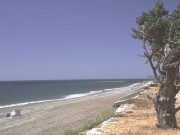

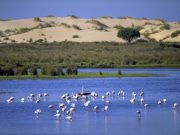

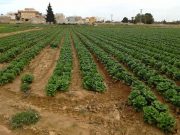


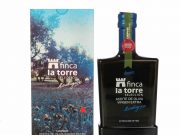


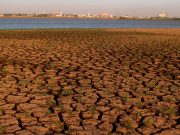


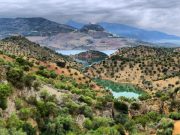






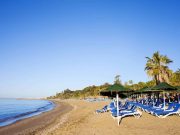

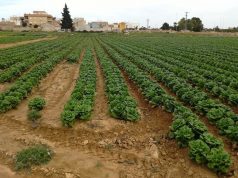

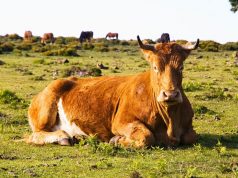





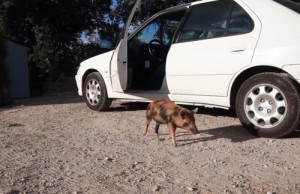
going to start growing vegtables in costa de luz need tips
Does anyone grow Thai vegetables in Spain like papaya, Basil, Egg plant, Chilli, lemon grass. I have a shop and restaurant in the UK and would be interested in having it delivered. Or is there a distributor local to North Wales